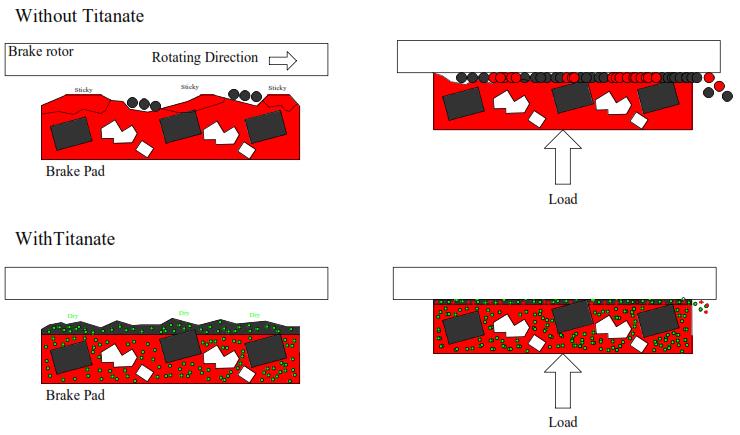Sun, Jan 26, 2025
[Archive]
Volume 19, Issue 3 (September 2022)
IJMSE 2022, 19(3): 1-15 |
Back to browse issues page
Download citation:
BibTeX | RIS | EndNote | Medlars | ProCite | Reference Manager | RefWorks
Send citation to:



BibTeX | RIS | EndNote | Medlars | ProCite | Reference Manager | RefWorks
Send citation to:
Ansari H, Banaeifar S, Tavangar R, Khavandi A, Mahdavi S. Resin-based Copper-free Brake Pads: A Right Selection of Potassium Titanate and Ceramic Fiber. IJMSE 2022; 19 (3) :1-15
URL: http://ijmse.iust.ac.ir/article-1-2320-en.html
URL: http://ijmse.iust.ac.ir/article-1-2320-en.html
Abstract: (9932 Views)
The present study aimed to assess the effect of replacing copper as a multi-functional ingredient in the brake pad material with potassium titanate platelet (PTP) and a particular type of ceramic fiber (CF) copper-free composite. Chase dynamometer tests were conducted to compare a brake padchr('39')s tribological behavior when PTP and CF are added to the composition with that of the copper-bearing pad. The results concluded that PTP and CF demonstrated promising outcomes such as a stable coefficient of friction (COF), lower wear rate, and better heat resistance in copper-free friction composite. Scanning electron microscope (SEM/EDS) analysis was conducted to investigate the role of main elements such as Ti, Fe, K, O, and C on the formation of contact plateaus (CPs) upon the worn surface of friction composites. PTP maintained both continuous contact and smooth friction braking application of a brake pad. The uniform distribution of Ti on the wear track on the disc worn surface depicts the role of PTPs on stabilizing the friction film formation and eventually on the stability of COF.
Type of Study: Research Paper |
Subject:
Ceramics
Send email to the article author
| Rights and permissions | |
 |
This work is licensed under a Creative Commons Attribution-NonCommercial 4.0 International License. |







